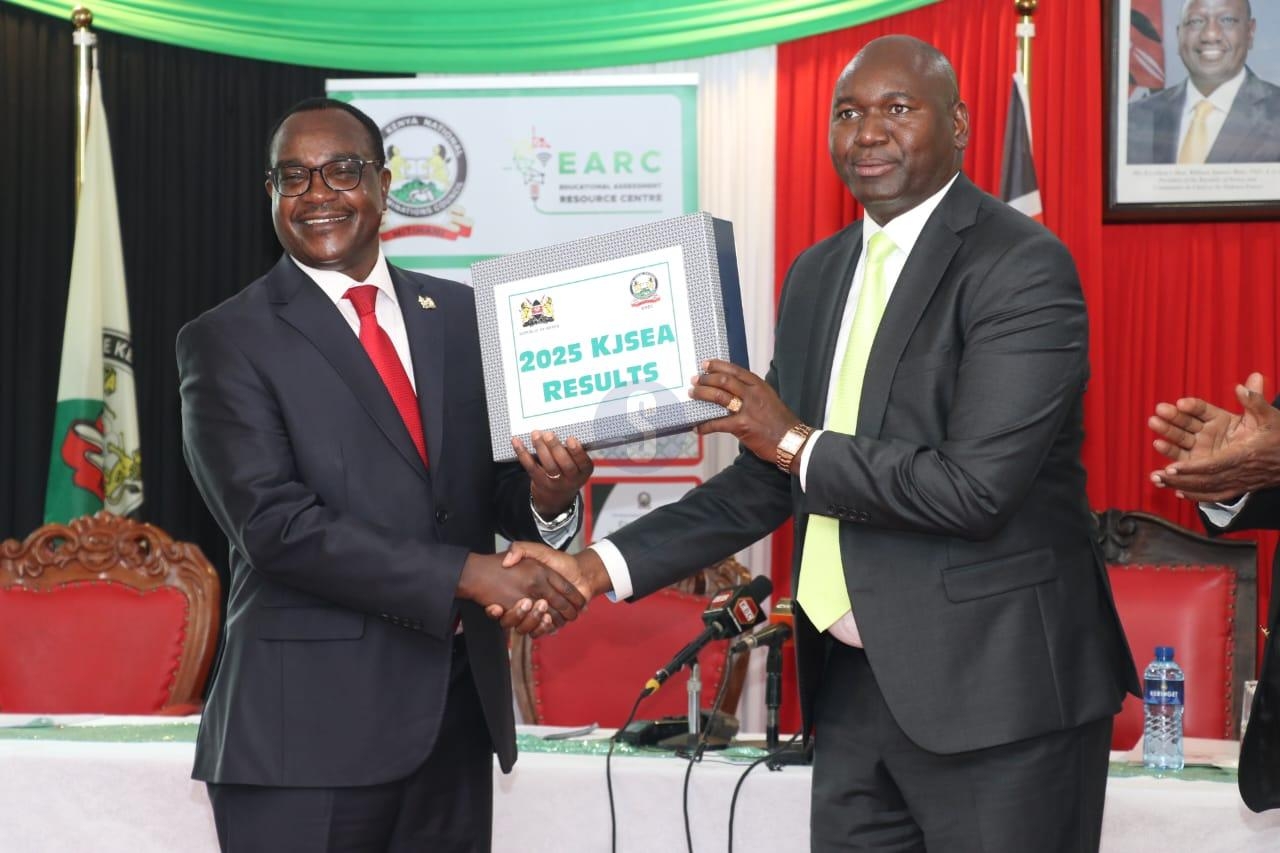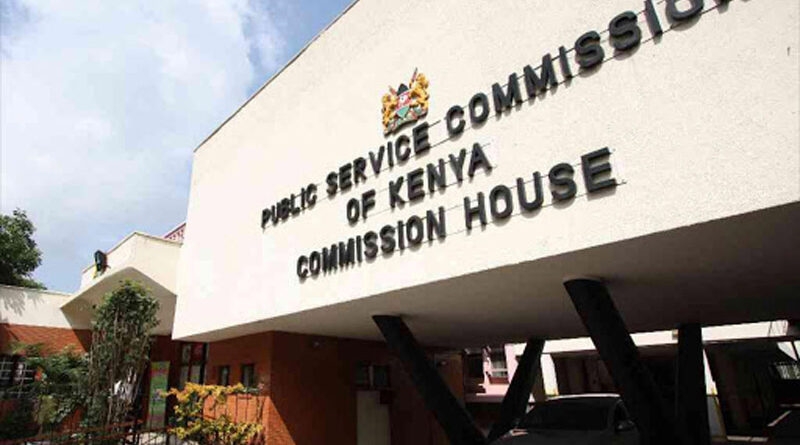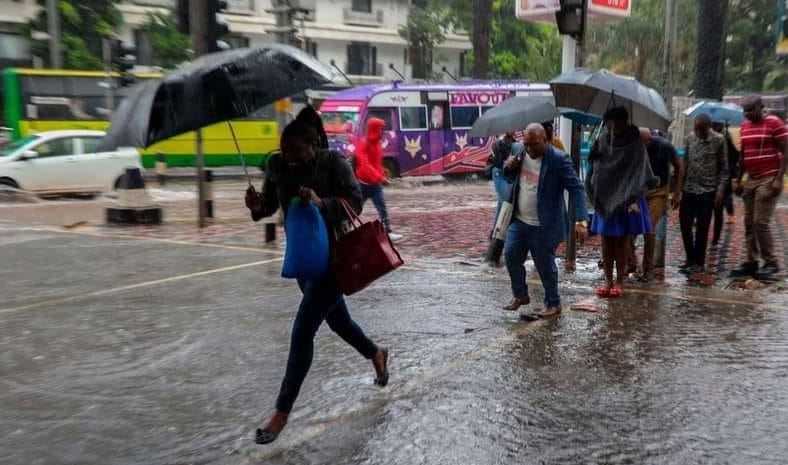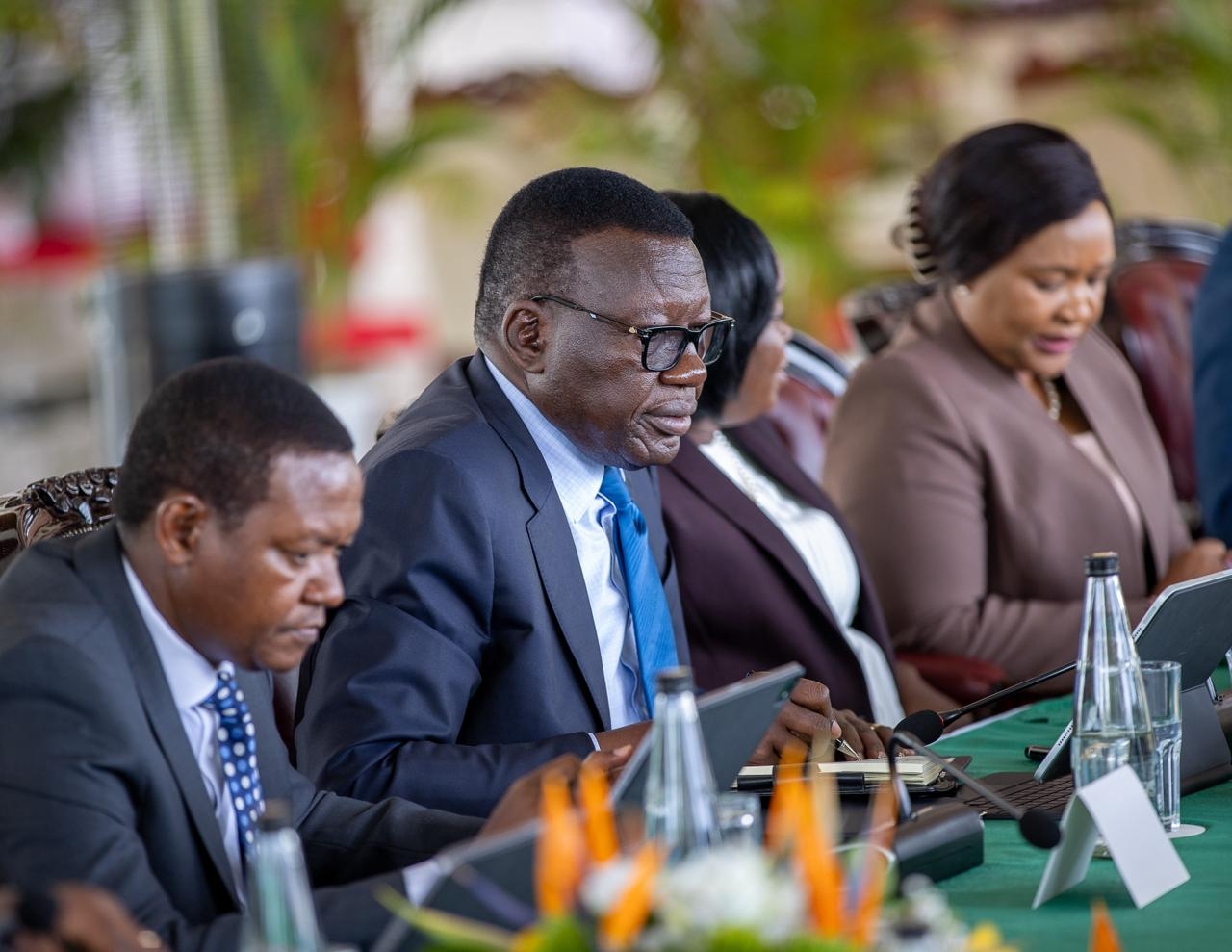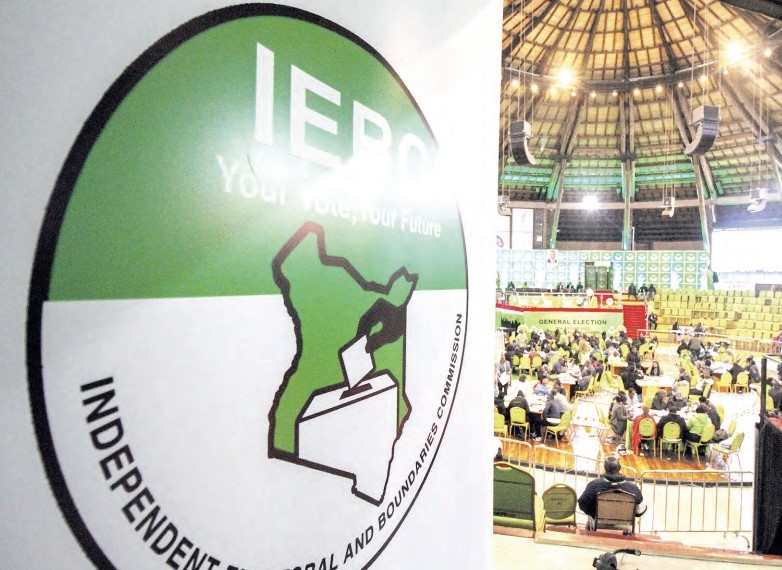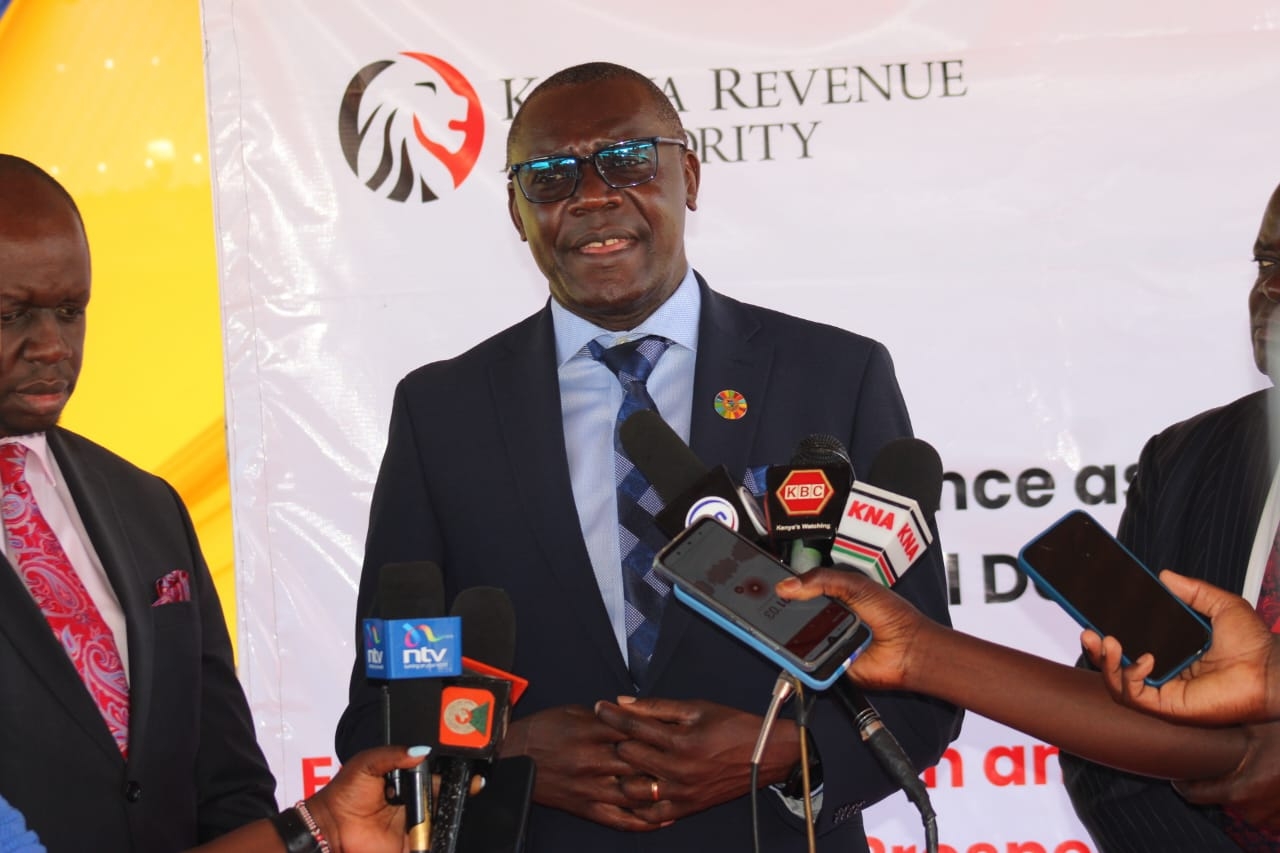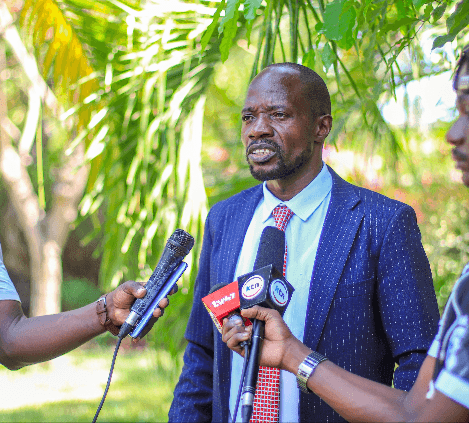
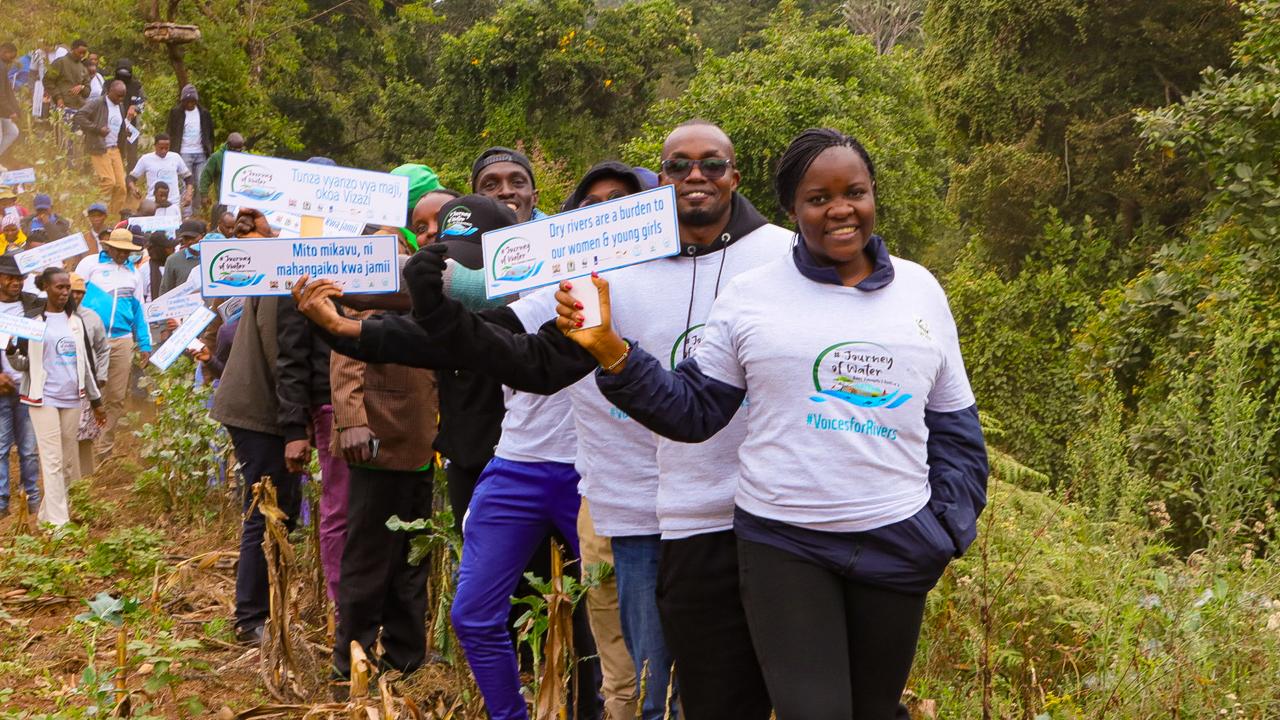 Participants during the Journey of Water 2025 edition on the Tanzanian side.
Participants during the Journey of Water 2025 edition on the Tanzanian side.As climate change strains water resources, Kenya and Tanzania have launched a cross-border initiative to safeguard shared freshwater systems.
The collaboration is part of the Journey of Water
2025 campaign, spearheaded by WWF-Kenya, with a renewed focus on
transboundary rivers.
The campaign, launched on Wednesday, highlights two critical rivers: Kimengelia in Tanzania and Noolturesh in Kenya.
Both originate from the slopes of Mount Kilimanjaro and collectively support more than 227,000 people across the border.
WWF-Kenya southern Kenya landscape programme manager Dr Martin Mulama said the campaign seeks to raise awareness on water catchment degradation.
Speaking in Rongai, Tanzania, he said it also aims to encourage collective action.
“The Journey of Water helps identify challenges facing water sources and the actions needed to protect them,” he said.
This year’s theme, ‘Rivers Without Borders: One Source, Shared Future’, emphasises the need for international cooperation in managing shared water resources and building climate resilience.
The initiative is part of the Catchment to Tap project funded by the Netherlands Embassy, and receives additional support from BMZ and other partners.
Over the past three years, the Journey of Water has taken place in key Kenyan river basins, including River Malewa (2022), Ewaso Nyiro (2023) and River Kibos (2024).
Each event involves walking the river’s path, engaging with communities, holding town hall discussions, and amplifying the message through media and partnerships.
This year’s journey, culminating in
a town hall meeting, will produce joint resolutions from both countries to
improve catchment protection. Participants, including civil society groups,
trekked hills and valleys carrying placards to spread the message of
conservation.
Dr. Mulama praised the campaign for
transforming how communities perceive water sources. “Many now understand that
water doesn’t just come from the tap — it starts in forests, wetlands, and
mountain catchments that must be protected,” he said.
Highlighting the cross-border
significance of rivers like the Mara,
Mulama called for stronger policies and grassroots structures such as Water Resource Users Associations (WRUAs)
and Community Forest Associations.
“As civil society, we support government efforts with knowledge, advocacy, and
community mobilisation,” he added.
Challenges facing the rivers include
over-abstraction, illegal diversions, unregulated irrigation, deforestation, sand harvesting, and pollution
from agrochemicals. Climate change has worsened the situation, turning
once-perennial rivers into seasonal streams, sparking conflicts among
communities, wildlife, and farmers.
At the Tanzanian site, Rombo District Commissioner Raymond Mangwala
noted positive strides, including the planting of indigenous trees near water catchments, a contrast to Kenya where
invasive eucalyptus dominates. Mangwala emphasized the importance of strict environmental laws, community
sensitization, and the active involvement of schoolchildren in conservation efforts.
“To truly protect these resources,
local communities must benefit from them,” he said. He affirmed Tanzania’s
commitment to ensuring every household eventually has access to clean water.
By tracking the full journey of rivers — from source to community — the campaign continues to shine a light on the invisible systems that sustain life, urging all stakeholders to protect them for current and future generations.
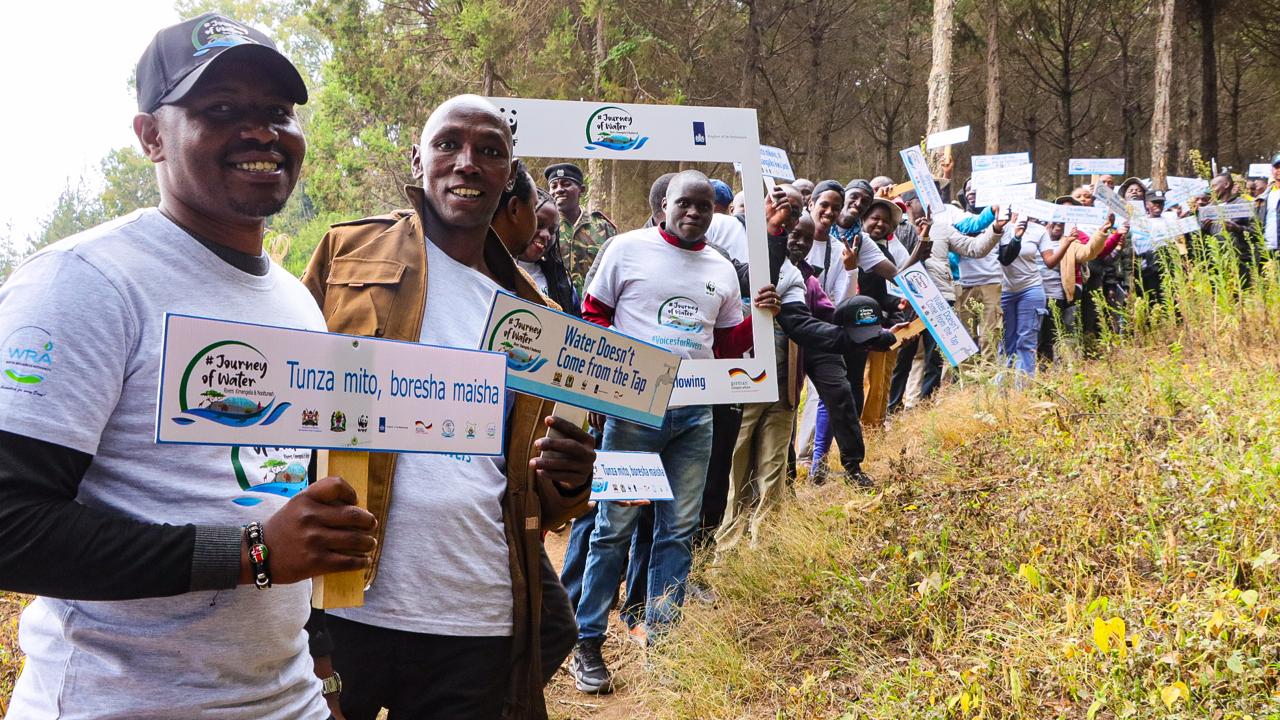
Participants during the 2025 Journey of Water event.



